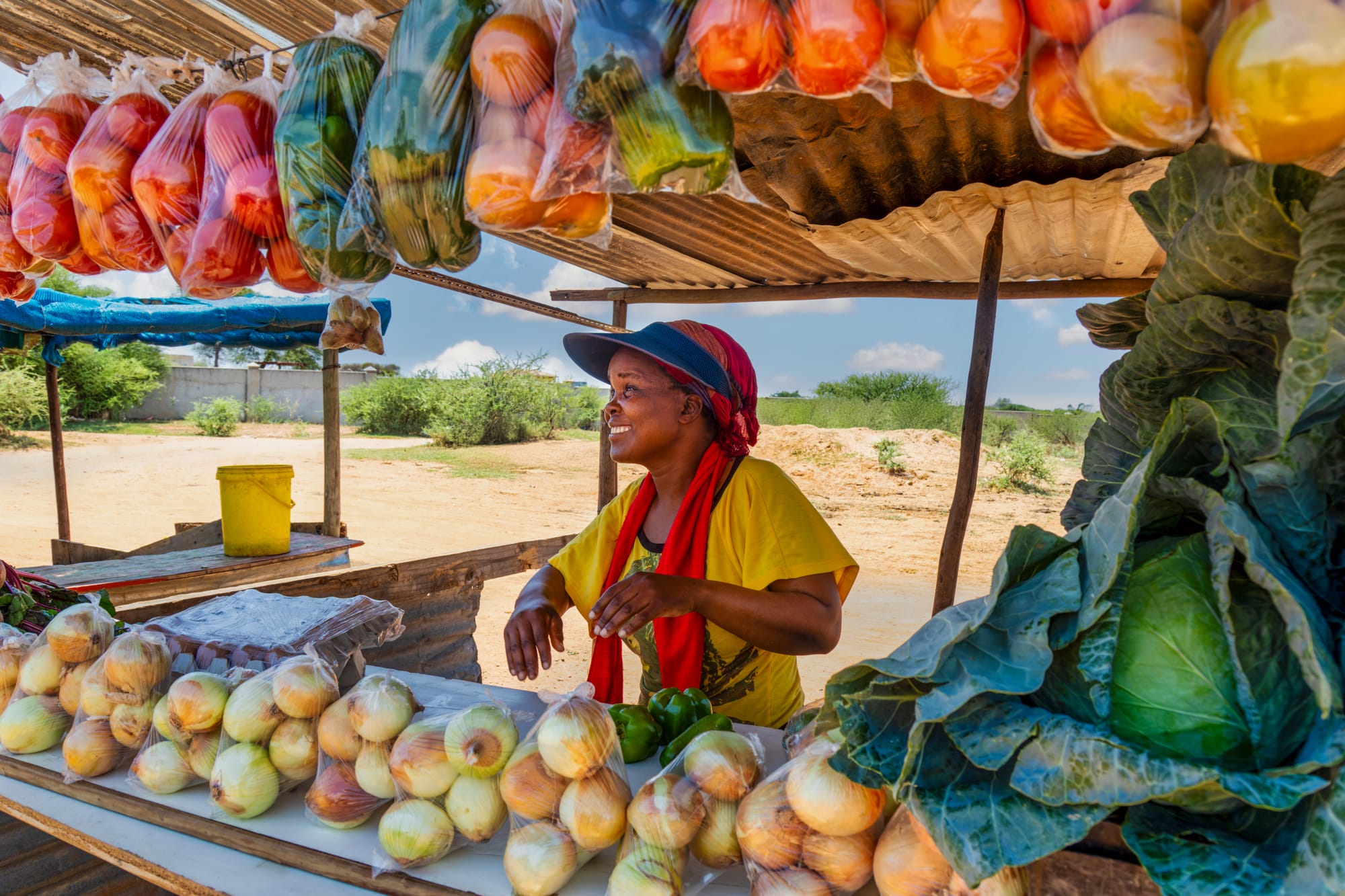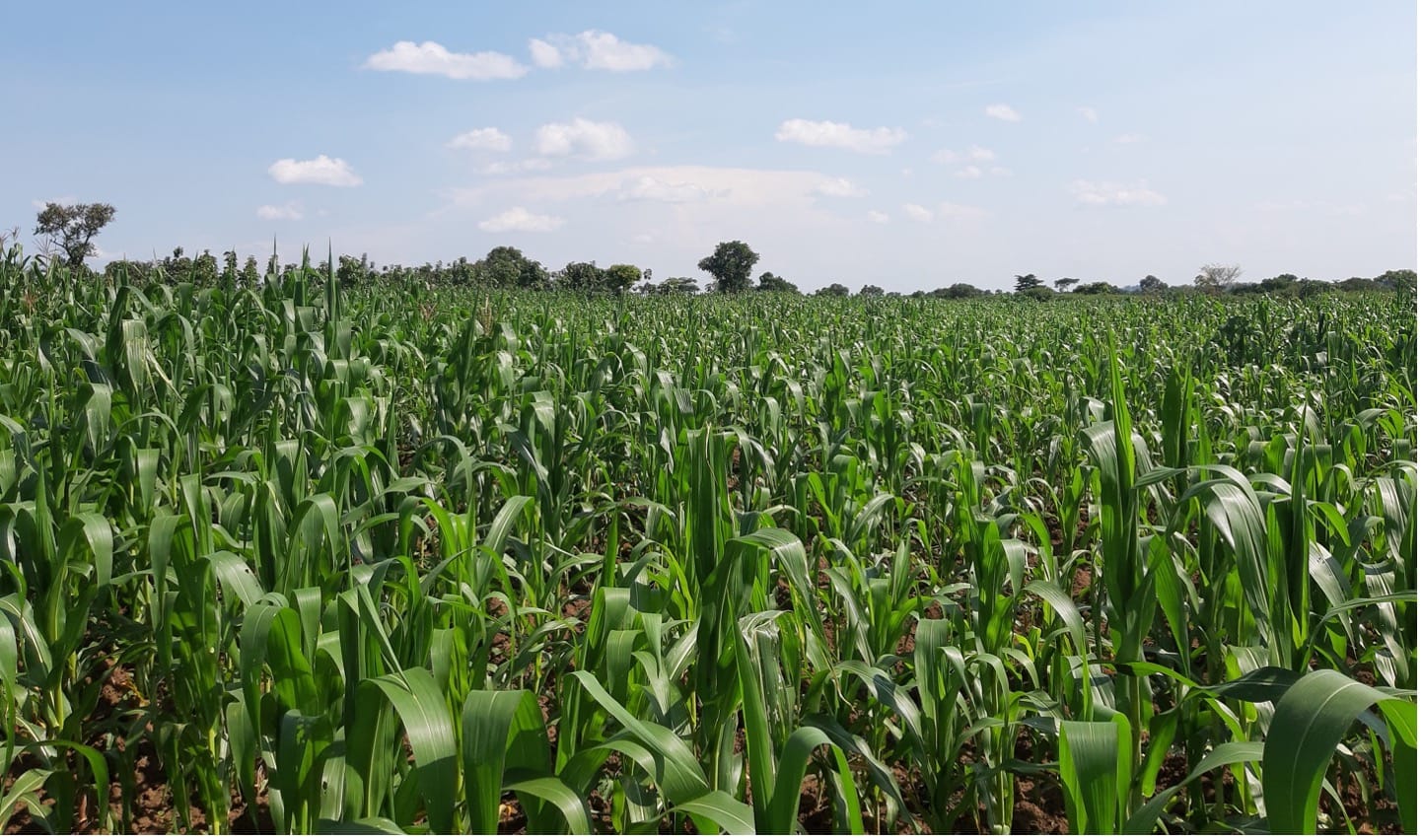In just three and a half years, the Morocco Economic Competitiveness (MEC) program accomplished an ambitious scope of work: reducing barriers to trade and investment in two rural regions at a time when economic turmoil—particularly in Europe—and political change across the Middle East and North Africa had a profound impact on Morocco.
(Music by Brahim Fribgane)
Funded by the U.S. Agency for International Development, MEC hit nearly all of its targets. Top-level achievements include:
- Reducing the time it takes to register a new business by an average of five days—a 30 percent reduction between 2010 and 2013.
- Helping more than 20 companies generate $4 million in new revenue—$2.5 million of which they reinvested to expand their businesses.
- Supporting the launch of a business incubator—Endeavor Morocco—that will help accelerate the growth of 130 small and medium-sized enterprises, with the potential to create 100,000 new jobs over the next few years.
- Providing vocational and workplace training to nearly 1,600 people. More than 1,200 people found new jobs—64 percent of them women, 75 percent under the age of 35.
Bringing Technology to the Agriculture Sector
Agricultural exports typically have not been an engine of economic growth for Morocco owing to the limited competitiveness of the country’s exportable produce. MEC, which closed down in late August, began addressing the lack of exportable products by working with producers to improve their products and tailor them for new markets. MEC emphasized processed foods, particularly those with Moroccan flavors, since there is a growing interest for such exotic products in the United States. The program worked with producers on innovations that cater to the U.S. consumer.
“Our ultimate goal was to provide potential exporters and the organizations that support them—public and private—with experiential know-how and tools to help them succeed,” said MEC Chief of Party Andrew Watson.
With water increasingly scarce across North Africa, all MEC agricultural activities sought to use water more sustainably. To that end, the project built capacity in two river basin agencies and two decentralized irrigation agencies. It established information management systems to help agency officials better model and monitor the availability of and demand for water, customizing software to enable them to use existing databases using tools developed by the U.S. Army Corps of Engineers’ Hydrologic Engineering Center.
A MEC grant initiative saw 150 smallholder date farmers obtain superior, more efficient irrigation systems in two rural regions, creating a model for oasis development throughout the country.
A mobile phone text-based advisory service was another tool MEC brought to farmers through the Ministère de l’Agriculture et de la Pêche Maritime. The text messages contain information to help farmers manage their water needs and better prepare their products for regional markets where they can realize higher returns. By the end of the project, the service had more than 500 subscribers.
To gauge the impact of its agricultural efforts, the project developed a methodology for measuring changes in agricultural practices and cropping patterns based on field surveys. The Oriental region saw a 6 percent increase in the value of agricultural production in the irrigated perimeter of the Moulouya River, relative to 2012; in the Doukkala region, the increase was 5 percent. Over the life of the project, Doukkala has seen a 26 percent in the value of agricultural production based on conversion to higher-value crops—even before changes in prices are considered.
Such detailed and timely reporting was not previously available at the regional level. “We are confident the agencies now have the technical capacity to complete surveys in the future,” said Watson.
A More Productive Workforce
With a relatively modest budget for enhancing labor productivity, MEC at first focused on developing training modules for two sectors: the diary sector in Oriental and the pottery sector in Safi, the capital city of Doukkala. Later, MEC piloted a model for providing more stable jobs in the agricultural sector through a program to encourage companies to hire seasonal workers through formal rather than the traditional informal channels. The workers are now enrolled in the national social security program that provides medical coverage and pension benefits. By supporting an existing recruitment and placement agency, MEC encouraged the private sector to replicate the idea throughout Morocco.
Owing to the high unemployment rate in Morocco—especially among young people—working with youths was also a project focus. Paradoxically, given the jobless rate, private enterprises bemoan the fact that labor is in short supply. One reason is that wages for unskilled workers are unattractive to many job seekers. In addition, there is a marked shortage of appropriately skilled and semi-skilled workers.
In response, MEC provided vocational and workplace training to nearly 1,600 people. More than 1,200 people found new jobs—64 percent of them women and 75 percent under the age of 35. The project team promoted this initiative throughout Morocco by participating in regional job fairs and releasing a short documentary about how the initiative has benefitted young women in the agro-processing sector.
A MEC grant program was able to engage with women to ensure not only that economic benefits reached them but also contributed to positive change and toppling of at least some traditional gender barriers.
It wasn’t simple, however. “Our strategy for integrating gender and youth into all activities was immensely challenging given deep-rooted cultural traditions that disadvantage women and youth, especially in rural areas,” said Watson. “We developed gender criteria for grantee selection and an action plan to monitor implementation of the program’s commitments. Annual improvement in the progress toward meeting the targets was especially encouraging since it demonstrated that programmatic adjustments and raising awareness among beneficiaries had a positive impact on performance. We exceeded seven of the ten targets in the gender action plan.”




